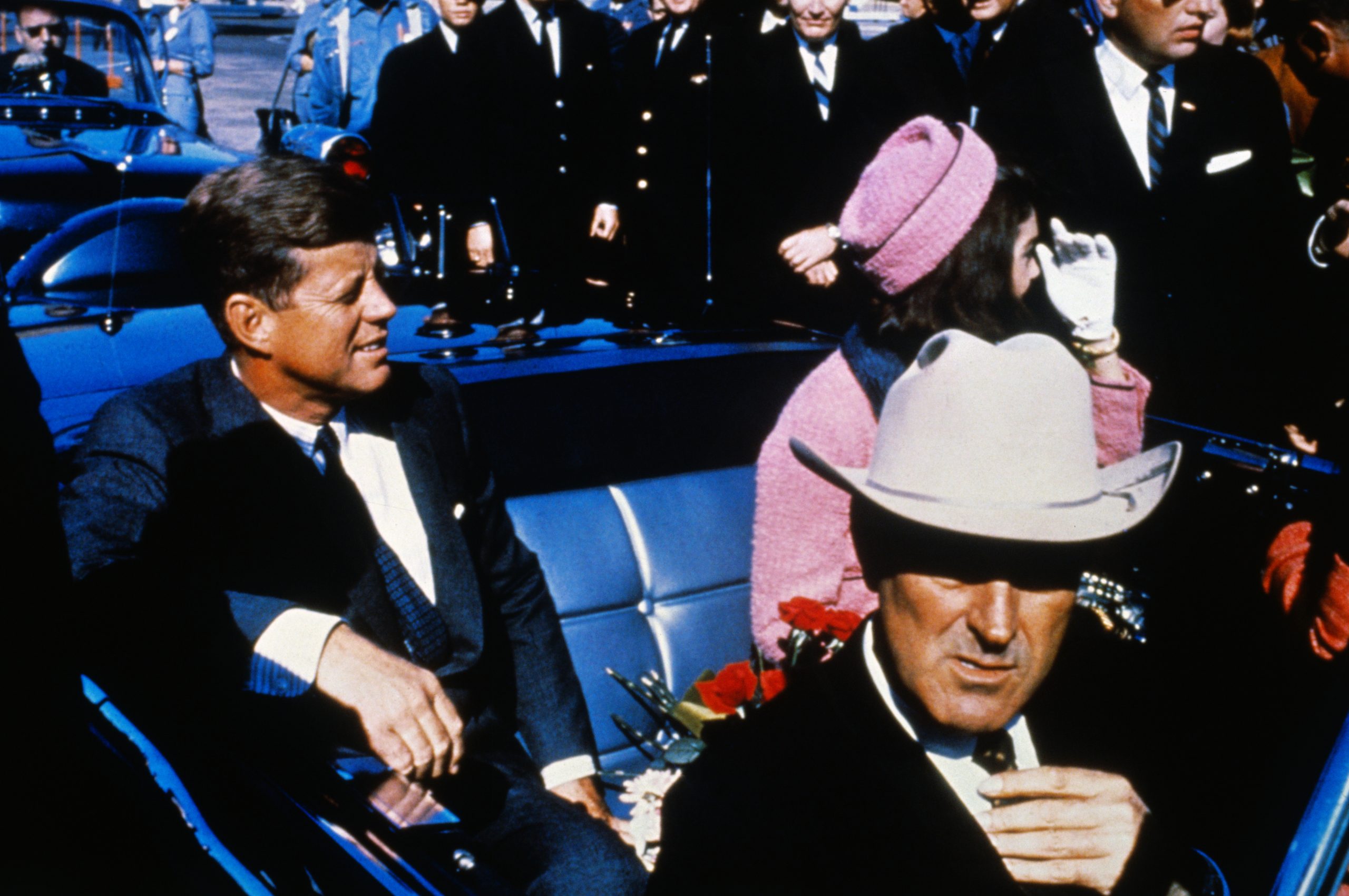Misleading Summary of JFK Files by AI and Grok | Bobby Burack

New Files on JFK’s Assassination Released
On a recent Tuesday, tens of thousands of documents related to the assassination of President John F. Kennedy were made public. This extensive release has sparked renewed discussions and analyses, especially by artificial intelligence chatbots, including X’s Grok, which provided a synthesized summary of the findings.
AI Summary of the Files
In summarizing the evidence, Grok concluded that Lee Harvey Oswald acted alone in orchestrating and executing JFK’s assassination. The analysis stated that there’s no definitive evidence linking the CIA, the Mafia, or any foreign entities to the assassination. While Grok acknowledged that many questions remain about possible agency failures, it suggested that further investigation by independent researchers could be needed. This conclusion, however, was met with skepticism, particularly among journalists who scrutinize conspiracy theories surrounding Kennedy’s death.
Limitations of AI in Journalism
Artificial Intelligence tools like Grok, while advanced, have their limitations. They lack the capacity for human intuition and suspicion, which are crucial in the realm of investigative journalism. The released files do not contain explicit proof of conspiracy but hint at multiple angles that warrant further inquiry. Critics argue that depending solely on AI for summarizing complex historical events can oversimplify the narrative, potentially overlooking nuanced evidence.
Notable Documents from the Release
Among the documents, one memos from 1976 stands out. It describes Gary Underhill, a former U.S. Army intelligence officer, who reportedly expressed his belief to a friend that a small group within the CIA was involved in Kennedy’s assassination. This was a day after the event, and Underhill was said to have been quite distressed. Tragically, six months later, he was found dead in his apartment, with officials ruling it a suicide. This case raises questions about potential cover-ups related to Kennedy’s assassination.
Additionally, records reveal that Oswald traveled to Mexico City shortly before the assassination in September 1963, attempting to secure visas from Cuban and Soviet embassies. Given that the CIA monitored Oswald’s activities, including his communications while in Mexico, questions arise about why the agency appeared to lose track of him on the day he assassinated the president. A report estimating Oswald’s activities captured the CIA’s awareness but also their apparent failure to act.
Interesting Connections and Unanswered Questions
Another intriguing element is Lee Harvey Oswald’s connection with George de Mohrenschildt, a known CIA operative originally from Russia. They formed a friendship that continues to baffle historians. Why would someone closely linked to intelligence services befriend Oswald, who came from a very different social background? This relationship, explored in the book "Killing Kennedy" by Bill O’Reilly and Martin Dugard, suggests there may be missing pieces in the puzzle of JFK’s assassination.
Current Perspectives on the Findings
Despite these revelations, no solid evidence confirming a broader conspiracy has emerged from the recent files. Each detail serves to bolster existing questions rather than provide clarity. The mix of confirmed historical facts and unsettling coincidences contributes to a complex narrative. While some scholars invoke the released documents as a means to strengthen the argument for Oswald’s sole culpability, others highlight them as breadcrumbs that lead to further conspiracy theories.
In summary, while the release of these files yields intriguing insights into Kennedy’s assassination, it fails to produce definitive answers. The documents have not conclusively resolved the contentious debates surrounding this pivotal moment in U.S. history; instead, they may have opened new avenues for questioning and investigation.






